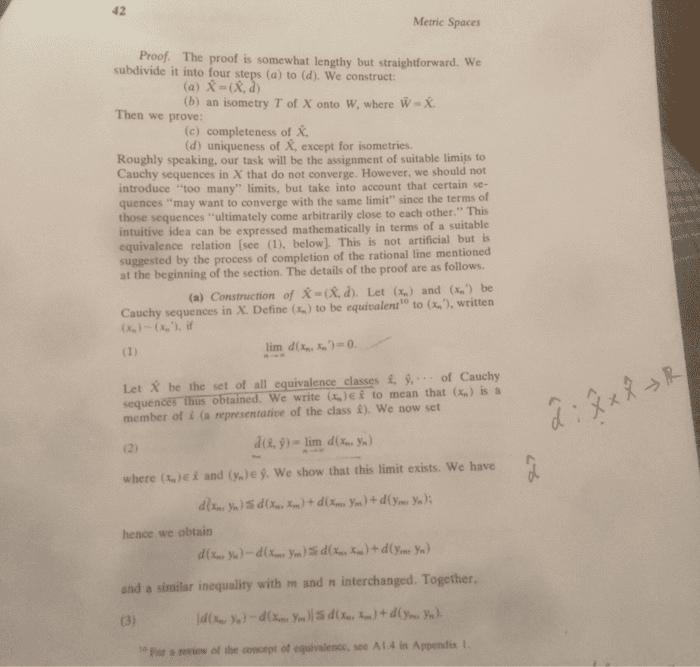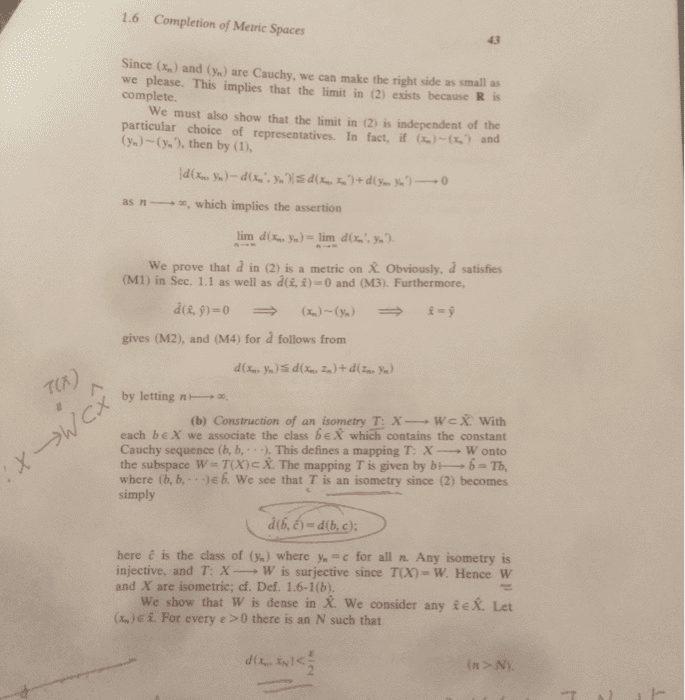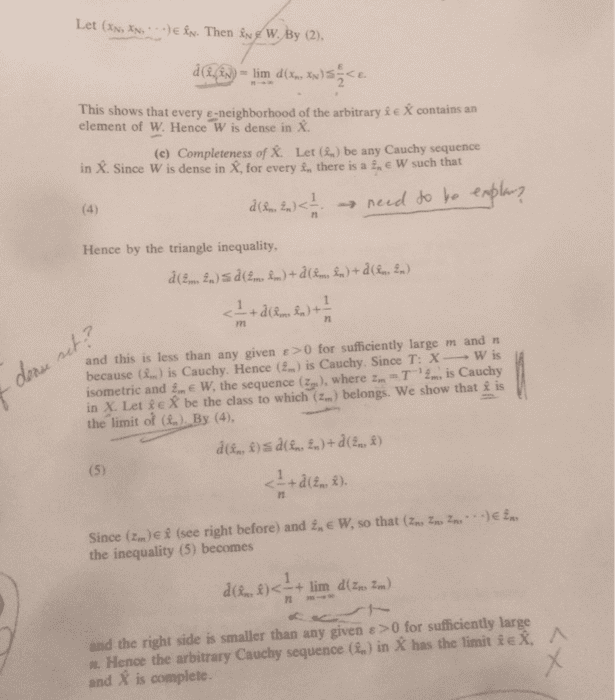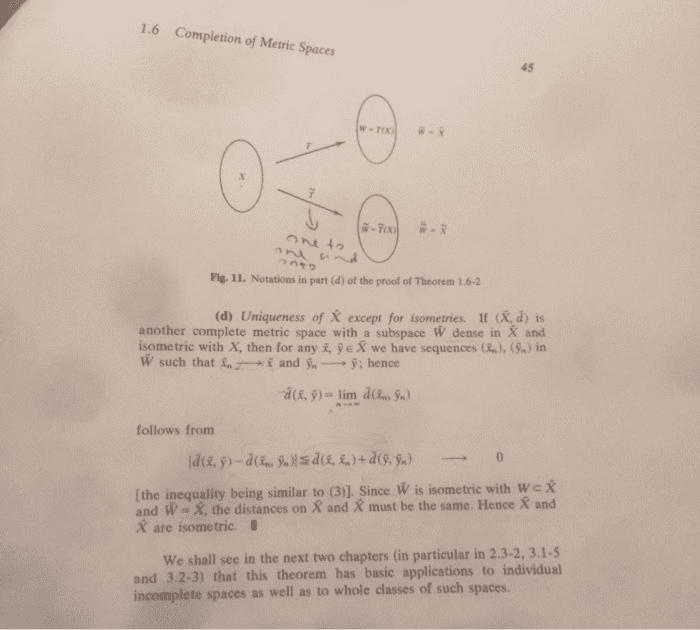MAT133Y5 Chapter 5: CHAPTER 5 derivatives

CHAPTER 5- DERIVATIVES
SUMMARY
Let f(t) represent the position of the car at time t, and let tf denote the
time at which the car passes the finish line. The average speed of the car
in the second after passing the finish line is given by
average speed = distance travelled = f(t0 + 1 sec) − f(t0). after 1 second
time elapsed 1 sec
More generally by letting h denote an arbitrary quantity of time the
average speed,
average speed = distance = f(t0 + h) − f(t0),
after h seconds time h
where if h > 0 then we are measuring after crossing the finish line, and if
h < 0 we are measuring prior to crossing the finish line. The
instantaneous speed of the car may then be determined by taking the
limit as our time interval becomes arbitrarily small; that is, by taking h
→ 0.
instantaneous speed = lim f(t0 + h) − f(t0). at time t0 h→0 h
graph of a function f and let a < b be distinct real numbers. The secant
line from a to b is the unique straight line which passes through the
points (a, f (a)) and (b, f (b)).
If f is differentiable, the slope of the tangent line to the graph of f at a is
f′(a).
An alternative way of writing the derivative comes from changing how
we parameterize the limit.
find more resources at oneclass.com
find more resources at oneclass.com

64
MAT133Y5 Full Course Notes
Verified Note
64 documents
Document Summary
Let f(t) represent the position of the car at time t, and let tf denote the time at which the car passes the finish line. The average speed of the car in the second after passing the finish line is given by average speed distance travelled time elapsed 1 sec f(t0 + 1 sec) f(t0) after 1 second. The instantaneous speed of the car may then be determined by taking the limit as our time interval becomes arbitrarily small; that is, by taking h. 0. instantaneous speed f(t0 + h) f(t0) at time t0 h 0 h. = lim graph of a function f and let a < b be distinct real numbers. The secant line from a to b is the unique straight line which passes through the points (a, f (a)) and (b, f (b)). If f is differentiable, the slope of the tangent line to the graph of f at a is f (a).





